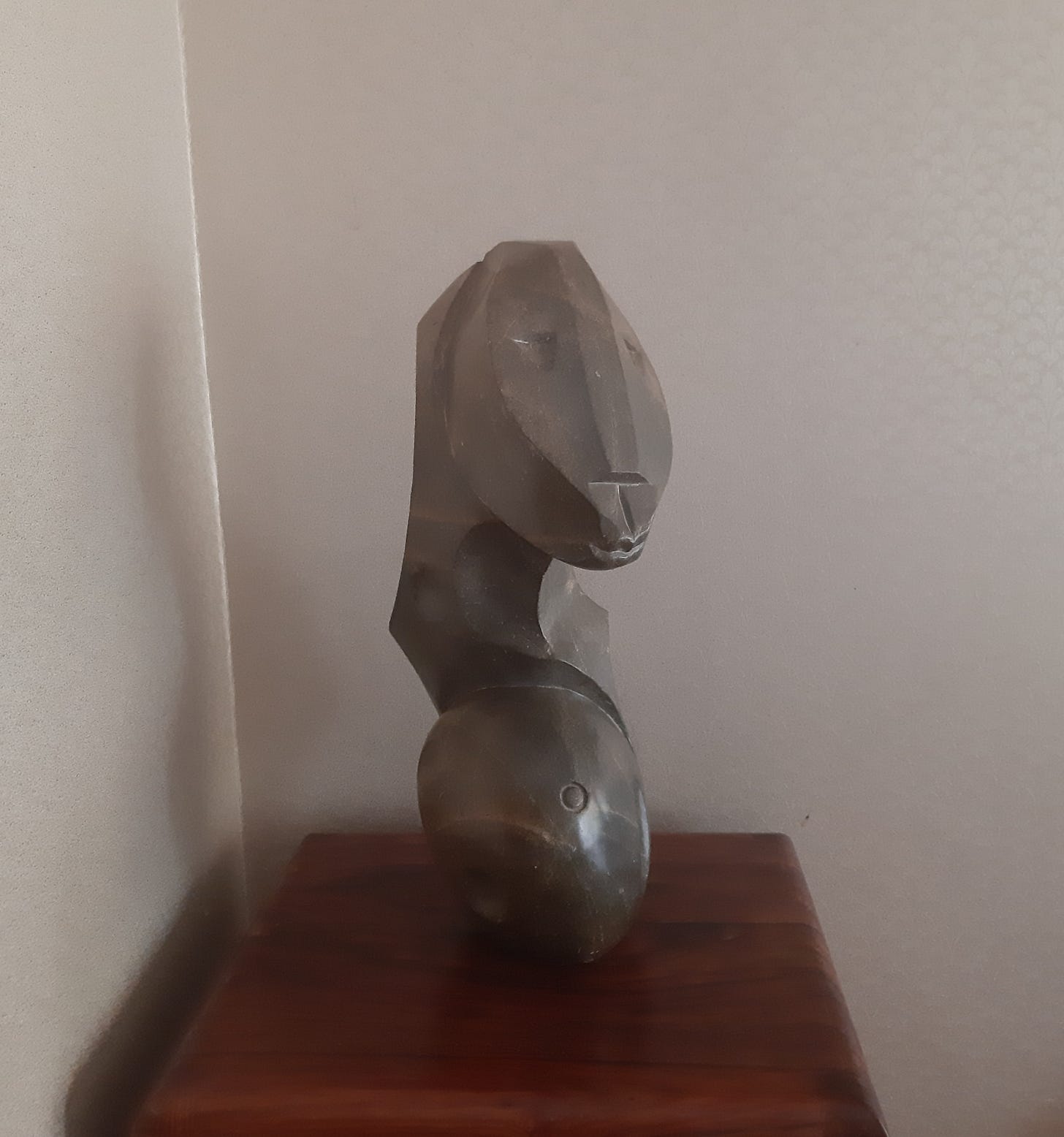My third (published) novel, An Act of Defiance, began over thirty years ago in Bogotá. It began when I suddenly believed that I could write, a whole story, a whole novel that could, would, one day become a real book, and my words, my shape and vision of the world would be read far and wide. I began to believe this because I saw Gabriel García Márquez having breakfast in a room just a few meters from me, in Cartagena. I saw Gabriel Garcia Márquez, a real live writer, not just that, but a legend, he was a man of flesh and bone, and there he was eating, casually conversing with his companion. This was the man, the mind, that was capable of such flights of make believe; he could make you believe, in any thing, any world, he could fashion words into worlds. Because I saw him, I started to believe too. That, in my own way, I too could create, bring something out into the world. Paradoxically, his greatness gave me, seeing him in the context of that dining room, a sense of greatness in myself, not a diminishment. I could do it. I would do it.
I was interviewed about this sighting in The Independent.
It was first Inside, then, And I Heard My Heart Cry, a Story of Things Lost and Found and in this version Gabrielle Busisiwe Langa is not being bungled into a car to be taken into a re-education camp but into a mental hospital where the entire novel takes place.
Inside was the first book I ever submitted to a publisher, way back in 1996, and it was the first rejection I ever received. The two publishers I sent it to wrote me lovely notes (one of which was handwritten and full of praise and encouragement) and both sent me detailed readers’ reports about the novel which helped me understand what was lacking and what a novel was, what it could do, what it should do, and how important it was to get to the essence of the story. Those readers’ reports were, in a sense, my creative writing course, distilled. The rejections, paradoxically, boosted my confidence, my self-belief. The professionals had seen my work, taken great care and attention in reading it and had set aside considerable time to write a report on it, finding that my novel was full of considerable merit and beauty. Oh yes, I could write.
For quite some time it was, Just under my Breath, when Gabrielle has left the mental hospital and is trying to live outside with her partner Giorgio, and her daughter, Leah. but The Mermaid, Saint Agatha, The Spiritual Advisor, the Sniffer, the multitude of characters of Inside will not let her be - what is real, what is not.
And then finally, in Geneva, it became The Breathing of Spirits which is essentially An Act of Defiance. Gabrielle was now a lawyer (not the writer and bookshop owner of Just Under my Breath) and her story was of life after trauma, and an enduring love.
I am very proud of Ben, the young African-American diplomat, who captures Gabrielle’s heart, as he is a character spun wholly from my imagination- well, perhaps now that I think of it, his physical appearance might have some touches of the American exchange student who I became friends with at the University of Zimbabwe for a few months. I worried a lot about Ben. Was he speaking right? Was he believable? Was he in danger of becoming a trope, and what trope was that? I changed where he lived. First some unnamed town in the south and then wisely moved him up north to Maine, then New York. Then finally, New Haven, and after a visit to Yale, I made him Yale-educated. He loved skiing, hiking and boating, and these ‘white’ past times in Gabrielle’s eyes leads to some banter between them, both of them black but with very different upbringings. I made him an artist. And in the course of writing this memoir I realize now how much art, painting, sculpture, means to me. I thought it was an accident that I gave Ben this other self, the painter and his love for Shona sculpture, but, as always, it was my unconscious, subconscious reality at play. The Shona sculpture ‘Ant Eating (Becoming) a Woman’ that Gabrielle falls in love with at the National Art Gallery in Harare during one of their first dates, and which in the most beautiful romantic gesture I can think of Ben buys and Gabrielle discovers when she sees it in the New Haven home of his mother many years later, is actually a real sculpture which I love.
Their story is a love story but one that is initially written in absences - they know each for a very short time when tragedy strikes - they are separated for years and then meet again, their story bound by the tragedy. What is love? What do we mean when we say we love someone? I worried that the reader might not believe in the intensity of the love between the two of them and so I came back and back again into drawing that love forged through tragedy and absence, in words said and unsaid, in silence, then touch.
An Act of Defiance was reviewed in The Times Literary Supplement.



















